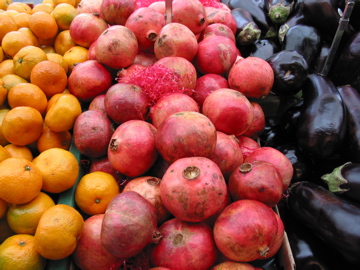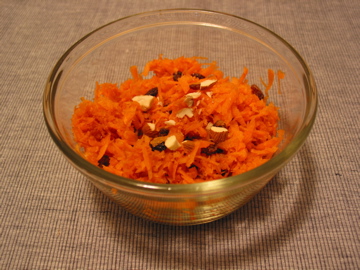“Nearly half of ads targeting kids show junk food”

An article posted to CTV News says that most advertising that children and youth see are for foods that we are trying to promote as “eat less” and not “eat more.” While schools are implementing healthy eating programs with vending machines and cafeterias (not applicable to post-secondary, however!), the advertising they see on television is, according to the article, completely contradictory to health-positive messages.
It begins:
In a child’s buffet of food commercials, more than 40 per cent of the dishes are candy, snacks and fast food. Nowhere to be found: fresh fruit, vegetables, poultry or seafood.
Why no ads for fresh fruit, vegetables, poultry or seafood? Because fresh fruit and vegetables don’t get advertised. The money for it isn’t there, while processed and fast food companies invest billions into advertising to make sure you buy their products. The best you’ll get is a glimpse of wholesome food in a Safeway or Save On Foods ad. As for poultry, it seems to me a long time since I’ve seen a Maple Leaf chicken ad, and I can’t recall seeing anything about seafood beyond, what was it, KFC Popcorn Shrimp?
I remember when I was a kid laughing at “Participaction” ads (anything long is annoying, really), and how dorky they were. There’s nothing like that today. Instead, we’re innundated with lose weight with this, that, and the other (ESPECIALLY on the tv schedule channel). Those aren’t targeted at kids (thankfully, actually), while at least Participaction could have had some influence.

Try marketing grated carrot with raisins and chopped almonds. (When I was a kid, I discovered shopped raw carrot with sugar was really, really good.) While my parents were away on holiday when I was 7 – 10 years old, my grandmother was looking after me and made me eat salad for a snack when I got home. She used yogurt with sugar as a dressing. I loved it, and have eaten salad ever since. Goodness, that would make a delicious snack (but with stevia instead!).
Quebec has laws against advertising to children, so maybe the best solution would simply be not to advertise. Another idea would be to get the candy out of the checkout aisles at supermarkets.
I don’t want to tell parents what to do, but I’ve noted the difference in what I ate as a kid and what my nieces eat, versus what I often see kids eating in restaurants and hankering for at the grocery store. Let’s face it, junk food and sugary stuff is yummy — and it’s yummy for a reason. Solutions have to come from more than one direction. (Update: just found this article that offers recommendations for solutions to preventing and curing childhood obesity including “Helping children get more exercise through programs such as Participaction,” as well as the startling find that “only nine per cent of parents recognized their children to be obese or overweight.”)
A better physical education program where I grew up would be a good start, as well. Focus on meeting individuals’ skills, rather than pointing out their weaknesses (they’ll move around more when they’re enjoying it), and promote group activity rather than testing (misery in running and then receiving a lousy grade on a “fitness run” test is a real bane to self-esteem and motivation). And never, ever, make them play outside in February in the rain.
